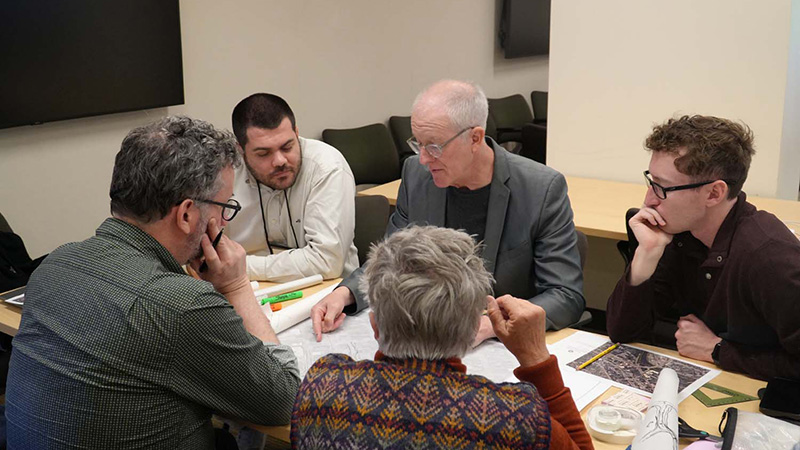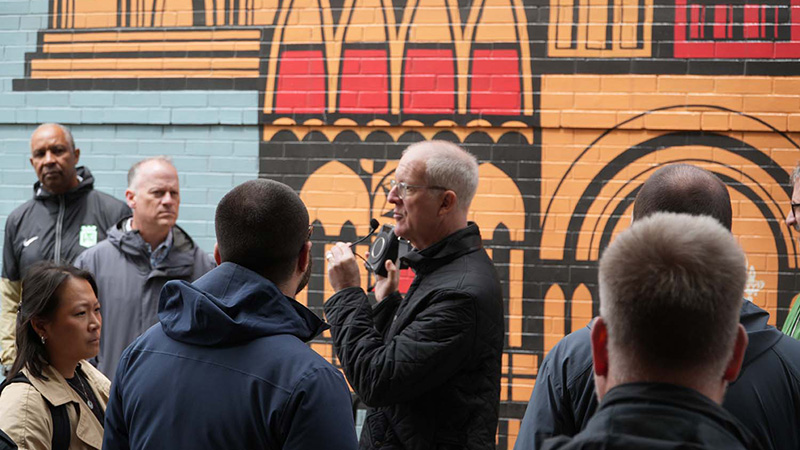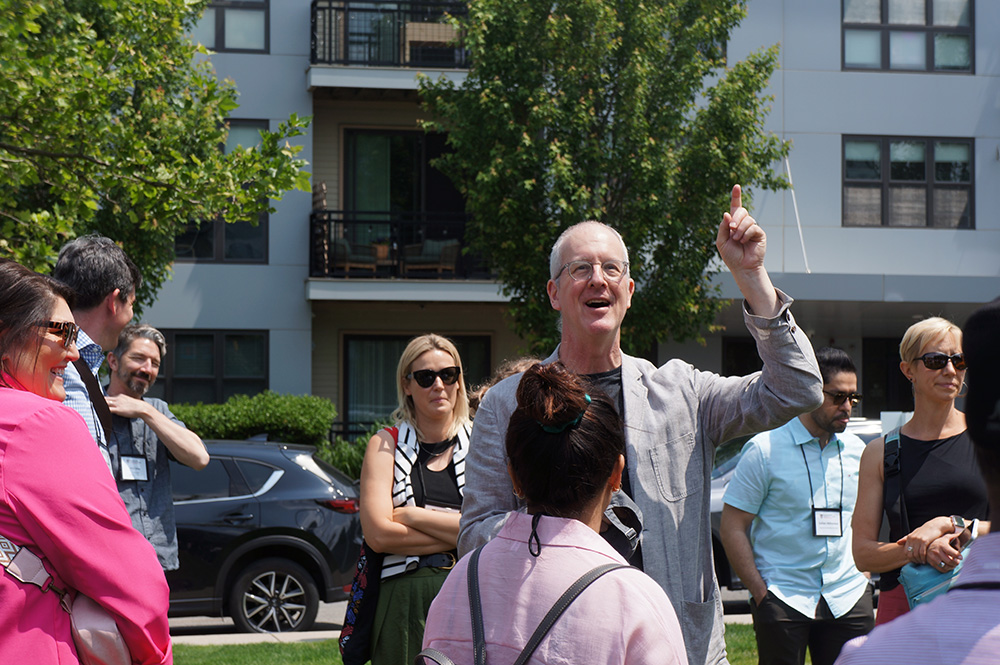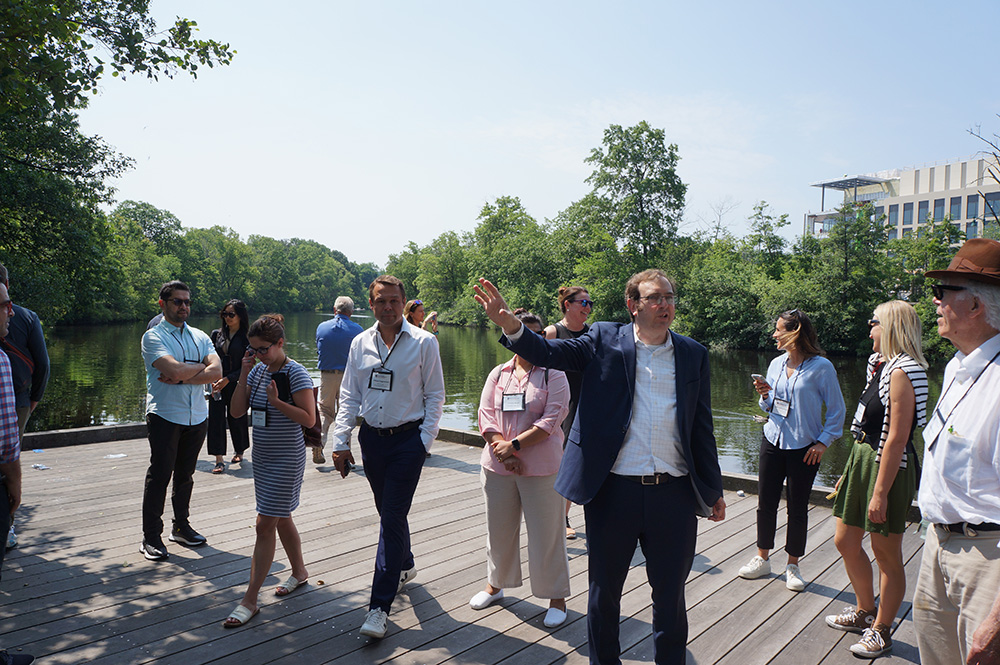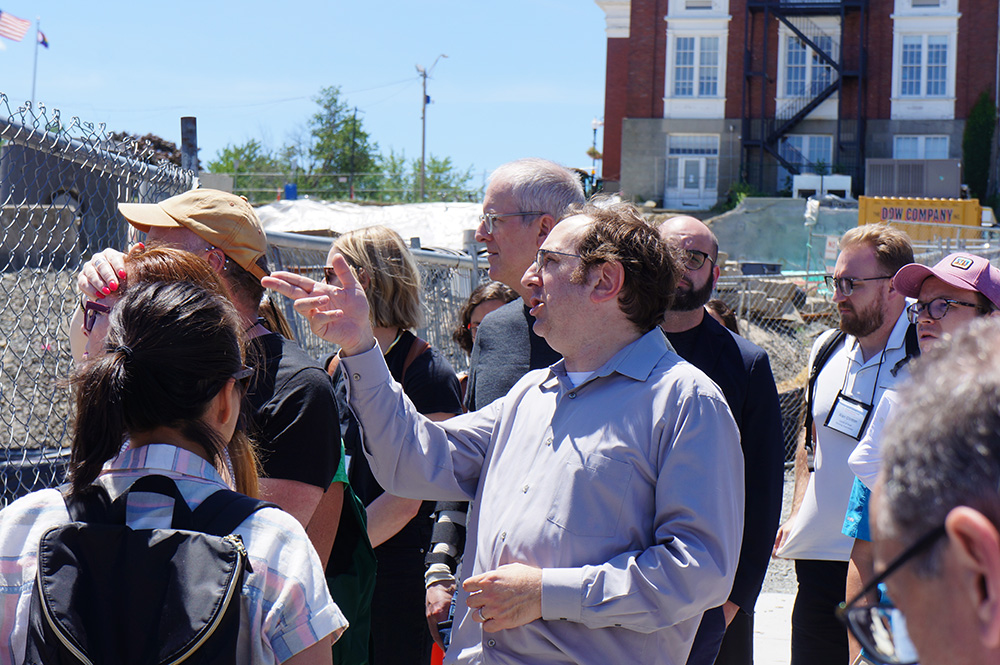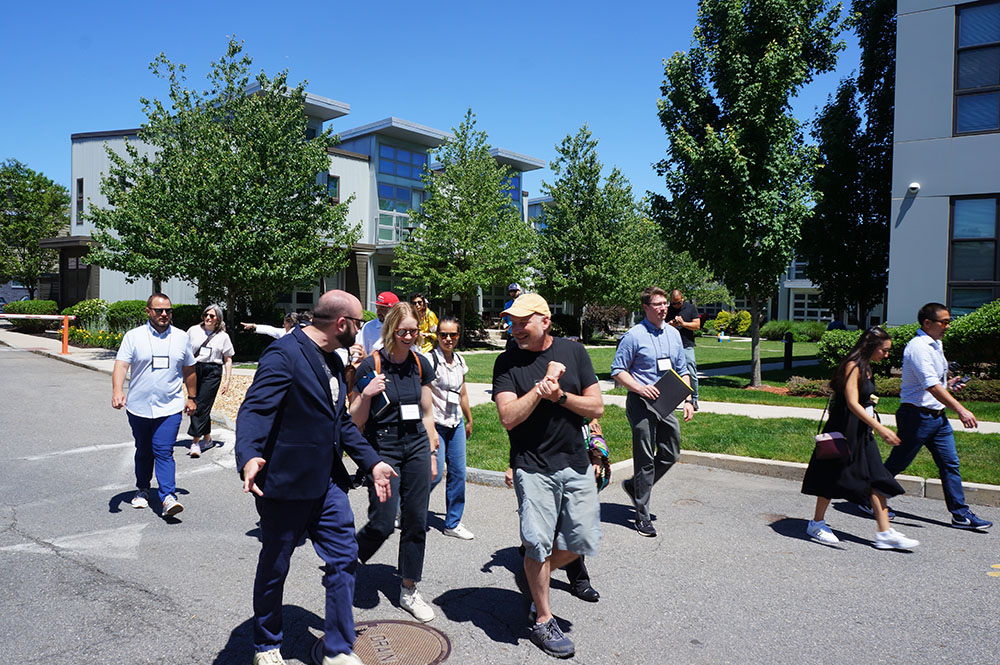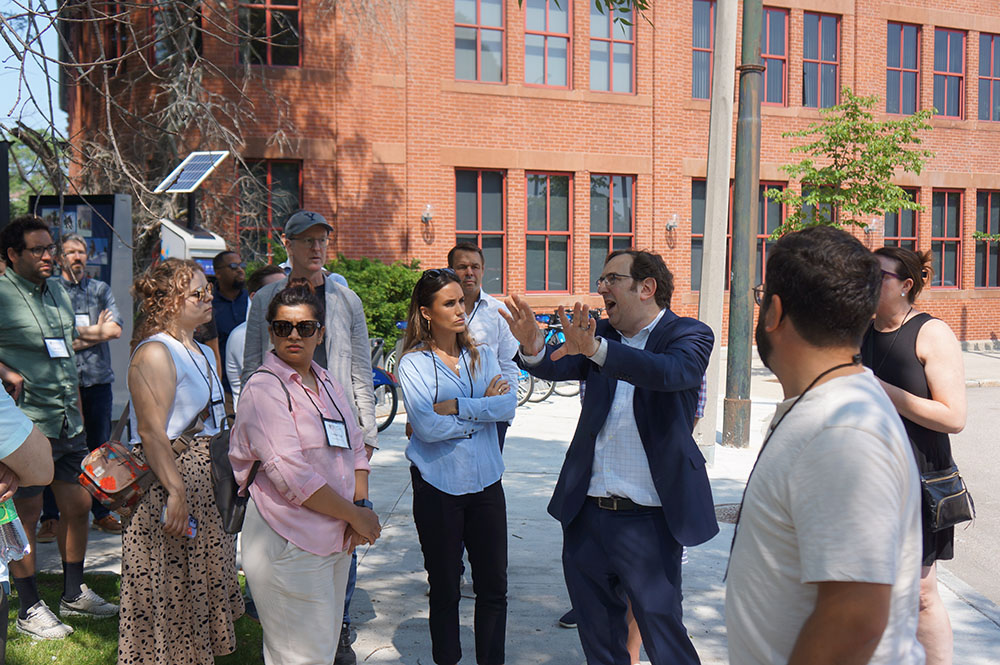
The Walkable City
Jeff Speck’s unforgettable two-day program on the most effective arguments, techniques, and tools for reshaping places to support of walking, biking, and transit.
Curious about what to expect when coming to campus? Please visit our Campus Learning page.
What makes a place walkable? What do design professionals, engineers, developers, and public officials need to know if they are to make streets, landscapes, and communities more attractive to pedestrians?
Join Jeff Speck, author of the best-selling Walkable City, for an unforgettable two-day program on the most effective arguments, techniques, and tools for reshaping places in support of walking, biking, and transit, including a design charrette with the City Manager of Watertown, MA, George Proakis.
One of our most beloved programs year-after-year, this program received a perfect 5.00/5.00 overall rating from participants in 2025.
What to Expect
Instructor

Jeff Speck, FAICP, FCNU, LEED-AP, Hon. ASLA
Founding Partner, Speck Dempsey
Guest Speakers

George Proakis, AICP
City Manager, Watertown, Massachusetts
The General Theory of Walkability: Jeff Speck @ TEDx MidAtlantic
The Walkable City: Jeff Speck at TEDCity2.0
Participant Stories

Allyse Li
Founding principal of RAAW Design Group
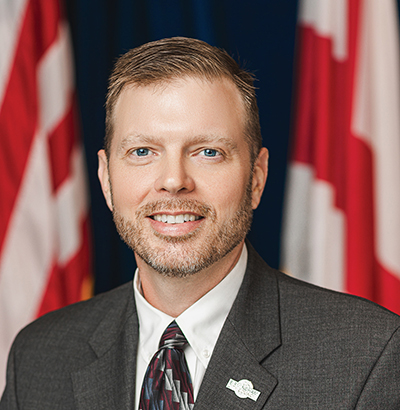
Darrell O’Quinn
Council President, District 5 of the Office of the Birmingham City Council

Rafa Selman
Principal / Managing Architect

Alexandros-Arkadios Tsavdaroglou
President of Schediasmos S.A
2025 Session Participant Feedback
Interesting and thoughtful. Broad but allowed for opportunities to dig in on meaningful work. Definitely worth two days!
This class is exactly why one should take continuing education classes- especially outside of ones direct area of professional life. I was completely intrigued by everything i saw these past two days, and can think of at least three colleagues that I will recommend it to.
This a great way to learn and vision the practical application of planning principles even if you’re not a planner. This workshop makes clear and plain just how impactful the built environment is and how small changes can make a big difference in people’s wellbeing and quality of life.
A fascinating dive into considering how to create places that many people don’t consider, but rather experience. My perspective on how to move people and create great places is forever changed for the better!
– 2025 participants in the program
Registration is open
The Walkable City
May 21-22, 2026 | 9:00am – 5:00pm Eastern
Harvard University Campus
Tuition: $1,850 (through March 31), $2,050
CEUs: Pending
AMDP Elective Units: 2
Program size is limited and early registration is recommended.
Discounts & Deadlines
Please email us at [email protected] with any questions and to ask about group signup.
Registration Deadline: 24 hours before the start of the program.

